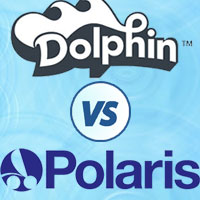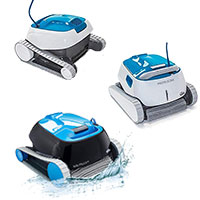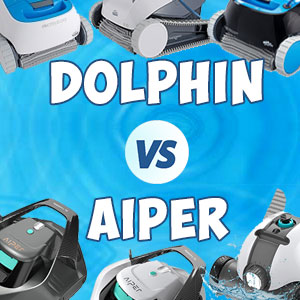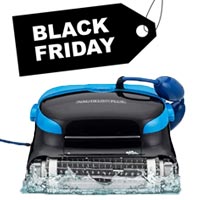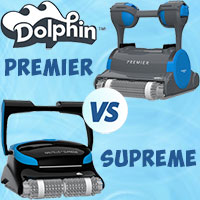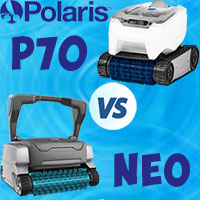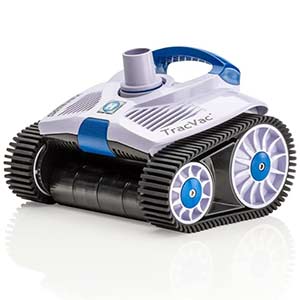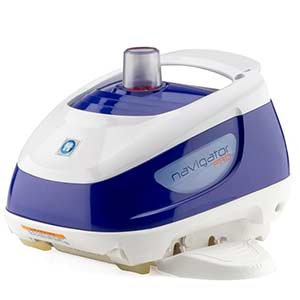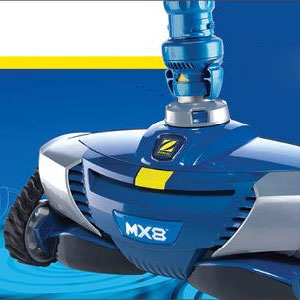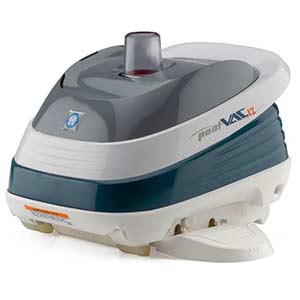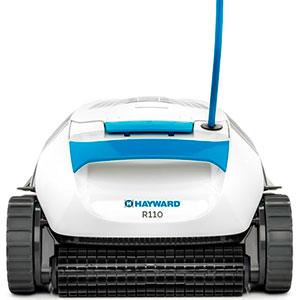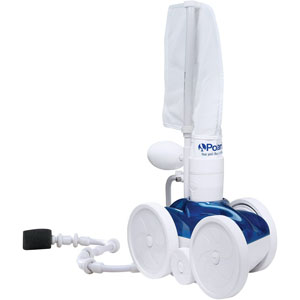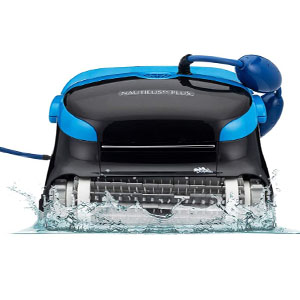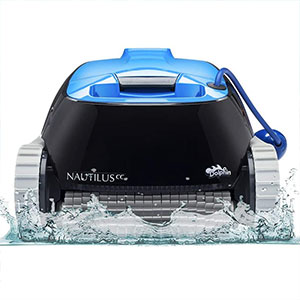Best Pool Cleaners
Polaris MAXX vs. Zodiac MX8 – Comparison review
March 27, 2025
0
Dolphin vs. Polaris pool cleaners: Which brand is best?
March 27, 2025
34
Aiper or Dolphin Robotic Pool Cleaners
January 27, 2025
0
Dolphin Black Friday Deals – Save UP TO 40% OFF
November 24, 2024
6
Polaris Pixel vs. Hayward Tracvac – Comparison review
June 16, 2024
0
Betta SE vs. Betta SE Plus – Comparison Review
May 23, 2024
0
Polaris 280 vs. 380 Comparison Review
May 15, 2024
0
Polaris Neo vs. P70 – Comparison Review
May 14, 2024
0


